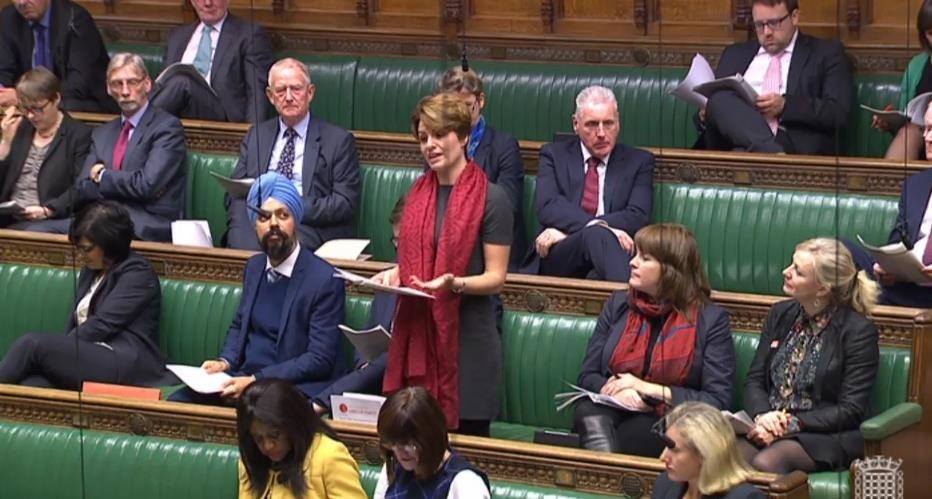Real-terms cuts to school funding since 2015 have led to a big reduction in the number of secondary teachers, teaching assistants and support staff in England, says research published today (Wednesday) by the School Cuts alliance of education unions.
Schools have been doing all they can to shield their pupils from the damage caused by £2.8 billion being cut from school budgets since 2015, but the lack of investment is really biting. These cuts are now undeniably affecting front-line teaching.
The latest School Cuts research – drawn solely from Government figures – shows that staff numbers in secondary schools have fallen by 15,000 between 2014/15 and 2016/17 despite having 31,000 more pupils to teach. This equates to an average loss of 5.5 staff members in each school since 2015; in practical terms this means 2.4 fewer classroom teachers, 1.6 fewer teaching assistants and 1.5 fewer support staff.
The cuts to front-line teaching posts are happening at a time when pupil-to-classroom teacher ratios are rising, which means bigger classes and less individual attention for children.
These average figures also mask significant regional variation. Despite the Government’s claims to be concerned about underfunded areas, some of the largest staffing cuts are in the areas with the lowest average funding per pupil such as: Reading, Isle of Wight, Central Bedfordshire, East Riding of Yorkshire, York, Derby and Milton Keynes.
The introduction of the National Funding Formula can’t solve this problem unless the funding cuts are reversed and significant extra resources included for underfunded schools. Four of the five worst hit local authorities – Middlesbrough, Reading, Isle of Wight, Doncaster – face further budget cuts over the next two years, even after taking into account any gains predicted by the Department for Education from its new funding formula. This will inevitably put even more pressure on staff numbers.
The situation is likely to get even worse, as it’s predicted that 17,942 (nine out of ten) primary and secondary schools in England and Wales will be hit by a real-terms cut in funding per pupil between 2015-19.

